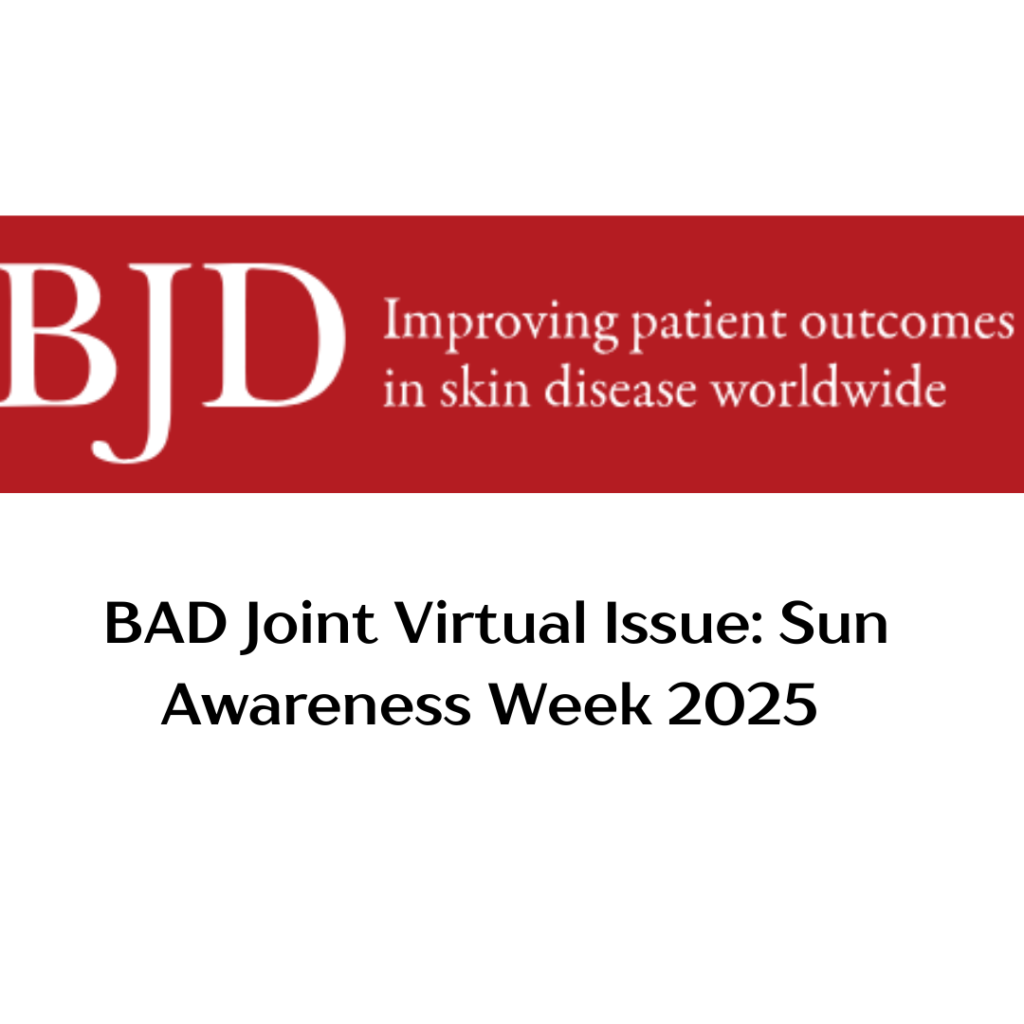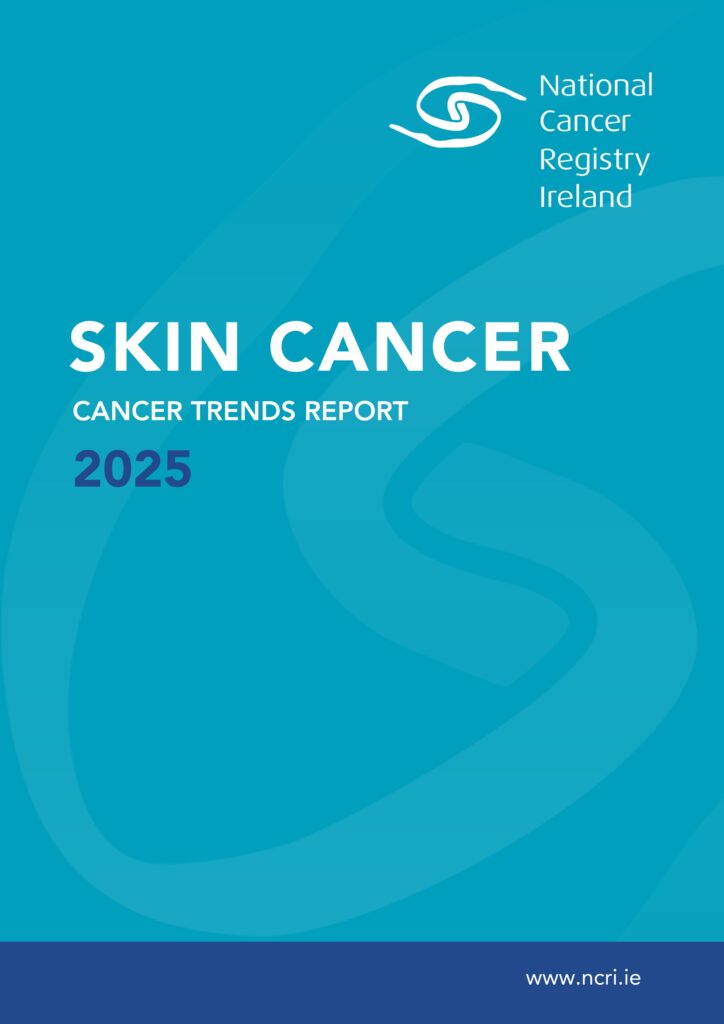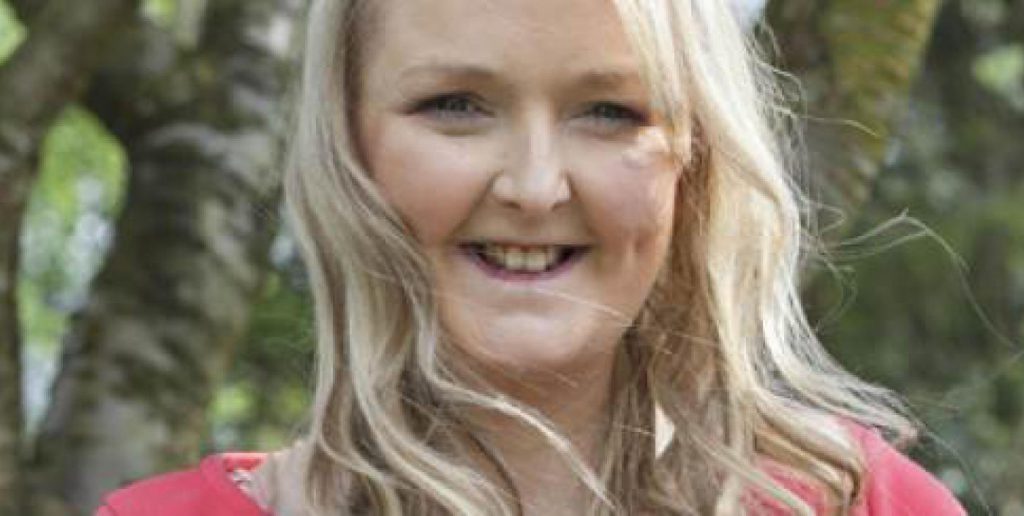What is rosacea?
Rosacea is most frequently seen in people who have fair skin, especially those of Celtic origin and northern European descent.
It is a common, chronic, inflammatory skin condition, which mainly affects facial skin.
Rosacea can be recognised by frequent flushing, persistent redness of central areas of the face, and in some people, acne-like spots or pimples, visible and dilated blood vessels.
Other possible symptoms may include, skin dryness, skin thickening or swelling, raised red patches, itchy, stinging or irritated skin and eye symptoms.
Summary
Rosacea can be recognised by frequent flushing, persistent redness of central areas of the face, and in some people, acne-like spots or pimples, visible and dilated blood vessels.
Rosacea triggers
This common skin condition can occur at any age, but usually occurs in adults older than 30 years.
The exact cause of rosacea remains unclear as of yet.
However, a number of theories have been proposed, which include the possible role of genetics, immune system factors, environmental triggers and the Demodex mite.
A microscopic mite called Demodex folliculorum is a normal inhabitant of the pilosebaceous follicle (pore) on adult skin. Some research has shown a potential link between higher levels of the Demodex mite in individuals with rosacea compared to those unaffected by rosacea. The reason for this is unknown.
In some cases, people with rosacea, can have their symptoms potentially triggered or made worse by exposure to ultraviolet light, high and low temperatures, stress, physical exercise, alcohol, smoking, spicy food, and hot drinks.
- Related: Self-Care Tips for Rosacea
- Related: Rosacea information page
- Related: Could skin camouflage help you? We talk to the Irish Red Cross
Summary
Rosacea can occur at any age, but usually occurs in adults older than 30 years.
Diagnosis and treatment
Confusingly, ‘rosacea’ can be used as an umbrella term for different types of rosacea and some people may experience an overlap of one or more signs and symptoms of this skin condition.
It is important to visit your GP for an assessment, diagnosis, appropriate advice and treatment or onward referral to a dermatologist if required.
There is no cure for rosacea yet. However, depending on the particular symptoms and severity of rosacea, there are a number of different treatments available to treat and manage this condition.
Because rosacea varies from person to person, medical treatments, lifestyle changes when triggers have been identified and skin care may be tailored on an individual basis.
Treatments may include topical (creams/lotions/gels), medications taken orally and other treatments which may include laser and light devices to treat redness and dilated blood vessels.
Summary
It is important to visit your GP for an assessment, diagnosis, appropriate advice and treatment or onward referral to a dermatologist if required.
Self-management tips
- Avoid direct sunlight and use a broad spectrum sunscreen offering protection from both UVA/UVB, with a minimum SPF 30.
- Choose mild, non-irritating, fragrance-free, alcohol-free, skin care products.
- Wash the skin with a gentle skin cleanser or a soap substitute, use lukewarm water and pat skin dry, avoid vigorous washing and scrubbing.
- If the skin is dry or sensitive, use a moisturiser which is fragrance free and “non-comedogenic” or “oil free”, to improve skin hydration and skin barrier function.
- Shave carefully – electric shavers may be more comfortable for men with rosacea. Avoid any shaving creams or lotions that burn or sting your skin.
- If your eyes are affected, consult with your doctor. For mild eye symptoms which may include dryness and/or gritty feeling in the eyes, eye care may help in managing these symptoms. These can include: gently washing the eyes twice daily with warm water and using artificial tears.
Learn more on our rosacea information page or contact the ISF Helpline here.












